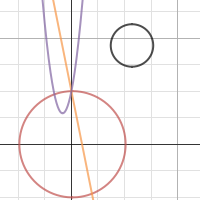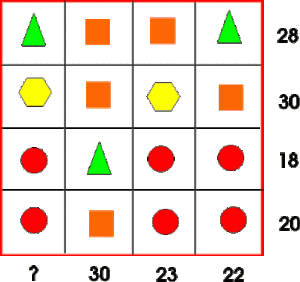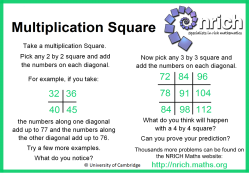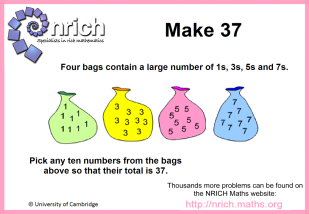I’ve heard this said a thousand different ways: a task does not need to apply to the real world in order to be engaging. Dan Meyer’s version seems to be thrown around most often: The “real world” isn’t a guarantee of student engagement. Place your bet, instead, on cultivating a student’s capacity to puzzle and unpuzzle herself.
Today is Homecoming Friday. It’s tough to get students engaged today, as their minds are on the game and the glitter (oh, the glitter).
Here’s a very short video clip of the noise level in my Algebra class. Crickets.
No, I’m not giving a test. I gave them a puzzle called Quadruple Sudoku:
In short, besides regular Sudoku rules applying, the four small numbers are clues as to what goes into the boxes touching them.
And both classes, all period, the brain sweat was palpable. Why, on such a wild, exciting school day would these kids be so focused and so engaged? The answer I come up with every time is puzzling and unpuzzling. 




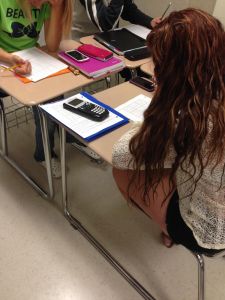

By the way, Nrich has tons of these fun, puzzling, engaging variations on Sudoku. Check them out.








